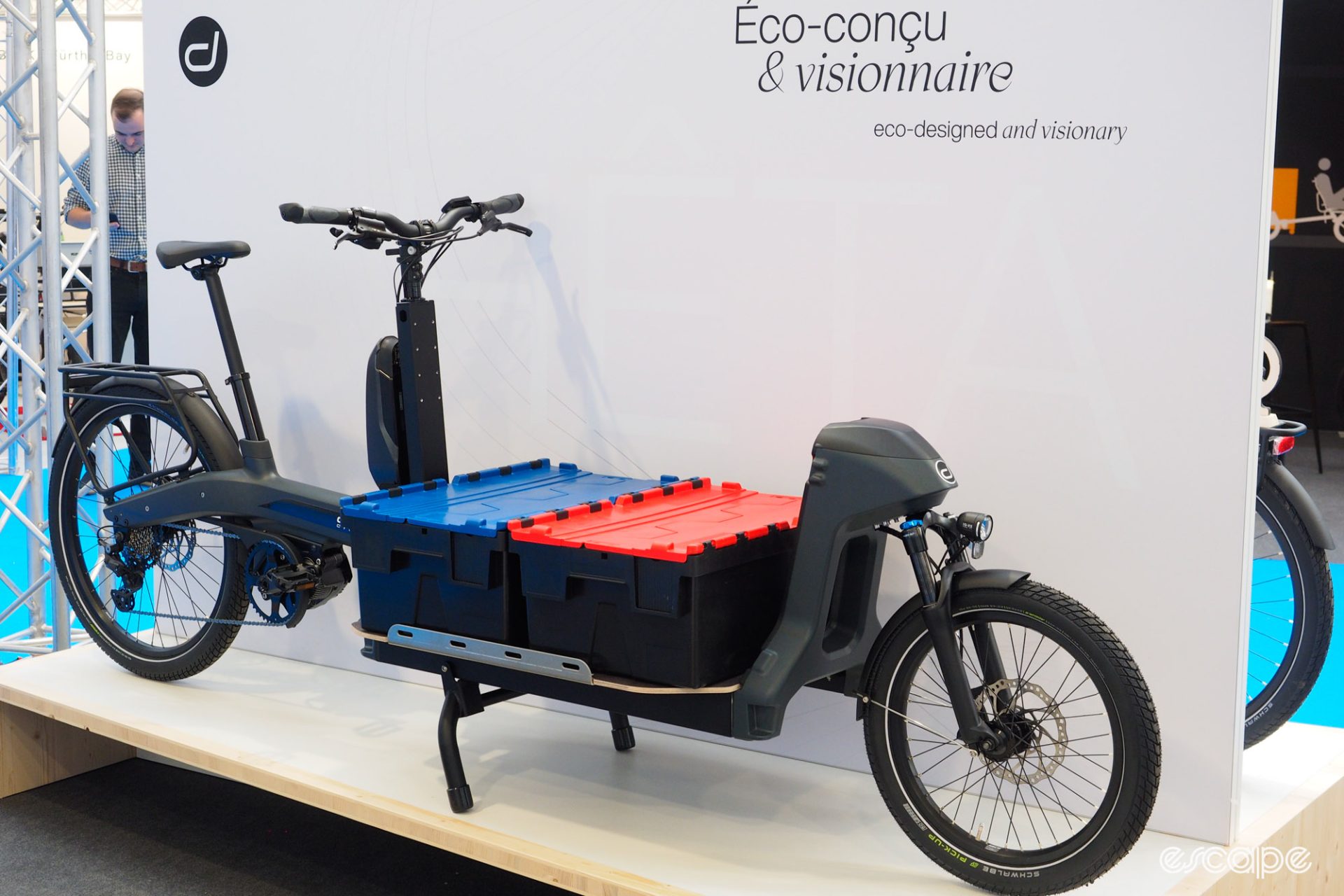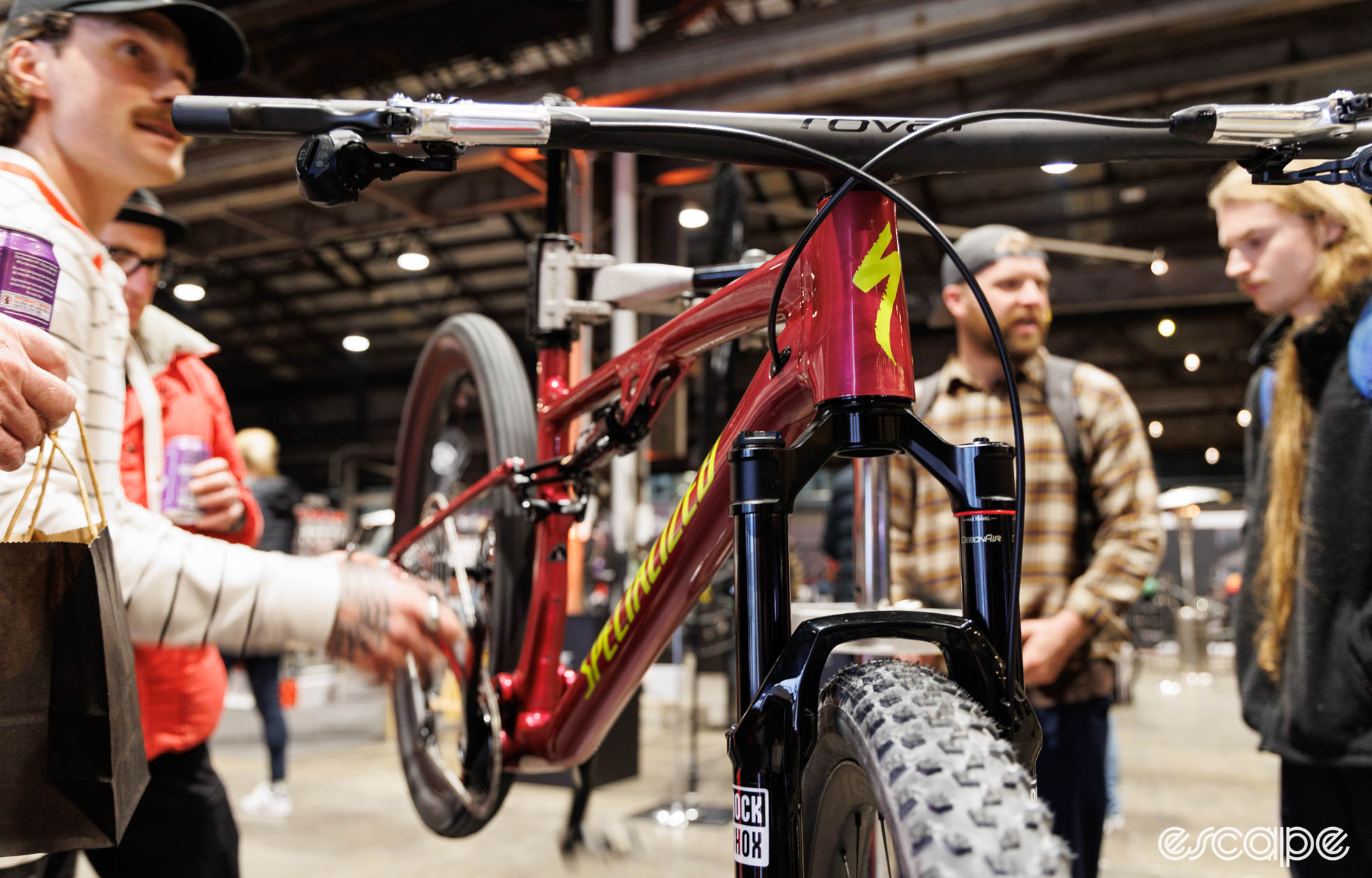The whiplash boom and bust of the bike industry’s COVID-19 years is subsiding, and with it some of the pain that accompanied it: first for cyclists who struggled to find even basics like replacement chains, and then for suppliers and shops that ended up vastly overstocked for demand that evaporated.
What happens now?
Investment bank Houlihan Lokey, with management consulting firm Kearney, recently released a research report [PDF] attempting to predict what the next few years look like for the bike industry, and it’s overall a rosy picture: supply chains stabilizing, inventory overhang dissipating, and gradually rising sales. But the most interesting prediction was a coming surge in mergers and acquisitions.
As the report details, M&A activity in the industry was largely static in the five years before the pandemic, with 20-25 deals a year. But from 2020-2022, that figure almost quadrupled to a high of 96, before falling back to a still-elevated 66 deals last year. Recent deals include Amer Sports selling components company Enve, L Catterton divesting bikemaker Pinarello, and Vista Outdoor’s purchase of Fox Racing (the apparel brand, not suspension maker Fox Factory).
That investment surge was driven by both macroeconomic and industry-specific factors. With historically low interest rates, long-term borrowing costs for investors were low, and those investors were searching for higher returns than rate-sensitive investments offered. And of course, the bike boom itself attracted major interest; Houlihan Lokey estimates market growth in Europe and North America hit 37% in 2020.
The result was that while so-called strategic investors drove about 60% of the M&A activity pre-pandemic, the ratio made an almost mirror-image flip to favor financial investors from 2020-2023. We all know what happened after the boom.
The industry went from massive lead times – longer than a year in some cases – for orders to massive inventory pileups; Houlihan Lokey says those inventories reached 12-18 months’ worth of sales in some cases, which led to extensive discounting, and a drop in overall market value. Sales and spending slowed, and M&A appetite along with it.
So why does Houlihan Lokey see that rebounding?
It’s a mix of hard data, industry sentiment and, in our view, a touch of speculation. Inventory levels absolutely are beginning to normalize. And Houlihan Lokey predicts the industry will see a compound annual growth rate (CAGR) of 8% every year through 2028 for the Europe and North American markets combined, reaching a total market value of €38 billion, although the methodology isn’t detailed.
But that CAGR essentially relies on rising bicycle prices (thanks largely to a predicted “second wave” of e-bike adoption); in terms of volume, or unit sales, Houlihan Lokey’s report predicts the industry will be dead flat. The forecasts operate on the assumption that e-bike sales will continue to grow, and some 88% of industry executives interviewed for the report said a brand would need a strong e-bike lineup to be competitive.

The dose of speculation comes in Houlihan Lokey’s assessment of brands’ abilities to do that. “Much of the current profitability crunch in the bike market can be attributed to the bullwhip effect,” the authors write, which made demand forecasting extremely difficult. “Since then, leading players have made massive leaps in their planning capabilities.”
If so, that would be a capability that few brands had before the pandemic. Houlihan Lokey cites Trek as a brand that, thanks to its retail footprint, was able to react more quickly to the speed of the pandemic boom, but ignores the factor of Trek’s sheer size in driving supplier relationships and getting it to the front of the line for orders from factories. In other words: even if small brands saw the boom coming and reacted just as quickly, at times they were cut in line by big ones. Trek responded by slashing its product lineup and overall spending, but it’s too early to tell whether that’s an overcorrection or if Trek’s demand forecasting – or the industry’s overall – is any better now.
Houlihan Lokey does note that challenges remain: geographically diversifying supply chains out of China and Taiwan, for instance, and figuring out whether bike shops will continue to be the industry’s main sales channel or if direct-to-consumer will dominate. That’s to say nothing of the macro-scale factors that we can’t know and which aren’t addressed: future interest rate policies or geopolitical shocks ranging from the major (Chinese aggression over Taiwan) to the minor (election of climate-focused governments whose policies might incentivize e-bike purchases).
Even though the report is necessarily speculative (predictions always are), there are a couple of points that seem pretty self-evident. First, it contends will be more consolidation and churn, which seems like as close to a sure thing as you could imagine. Vista Outdoor is in the process of trying to sell its ammunition segment over investor objections even as it retains the outdoor-focused Revelyst division; Giant is likely to acquire assets of the bankrupt power meter brand Stages; and TSG Consumer Partners was last year considering selling its e-commerce portfolio of sites like Backcountry.com and Competitive Cyclist.
Second, strong brands will get stronger, driving consolidation and controlling larger slices of the market. Finally, brands will continue to integrate components into bike design. As the authors write, integration allows brands “to add their own stamp via both design and functionality, further strengthen their brand positioning, and increase their share of margin” by capturing a higher share of the value of the complete bike.
That latter aspect offers a strong hint that the integration trend isn’t always about making a better bike for the rider. The next time a brand pitches a new or redesigned model with more integration as X% stiffer, Y% lighter and Z watts more aerodynamic, we should ask for another performance metric: how much more profitable?
What did you think of this story?

